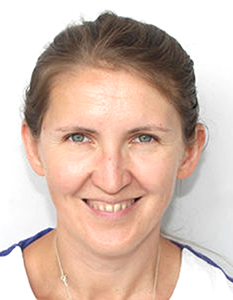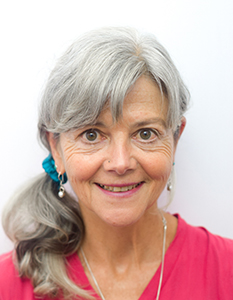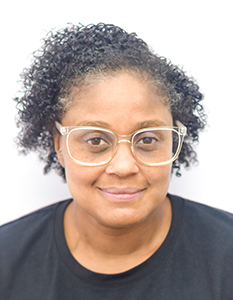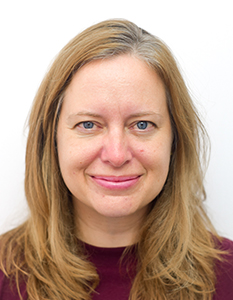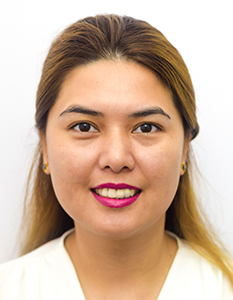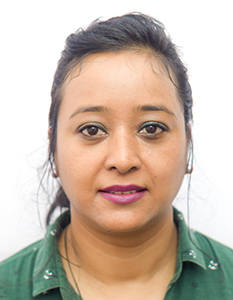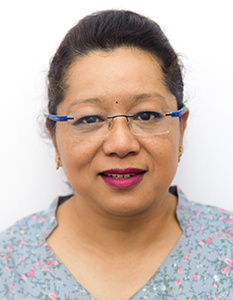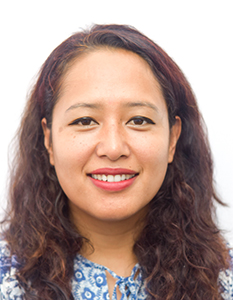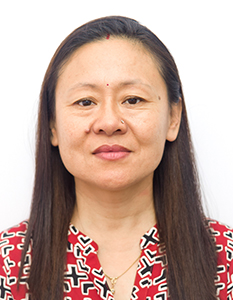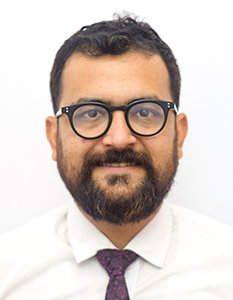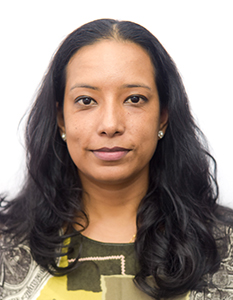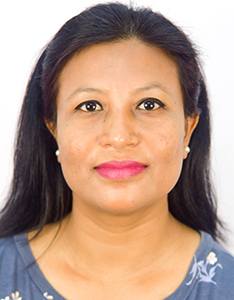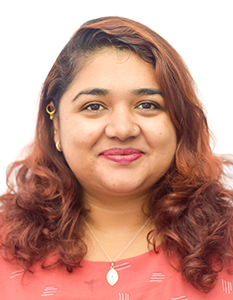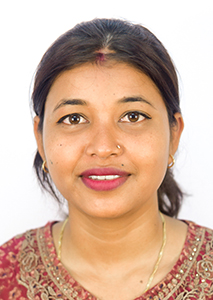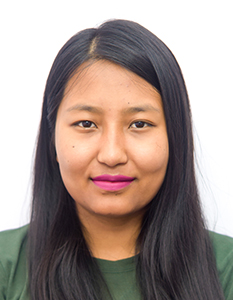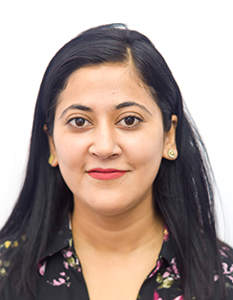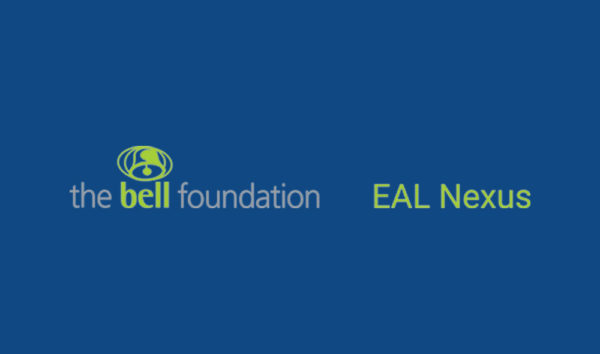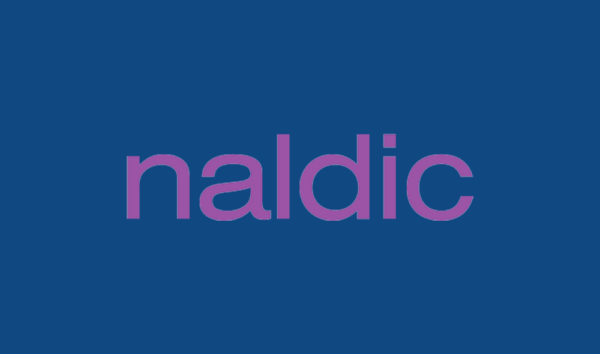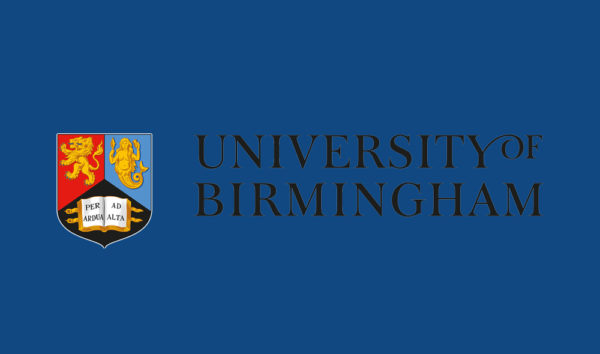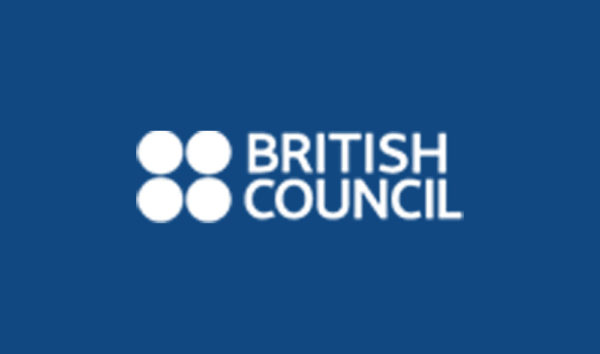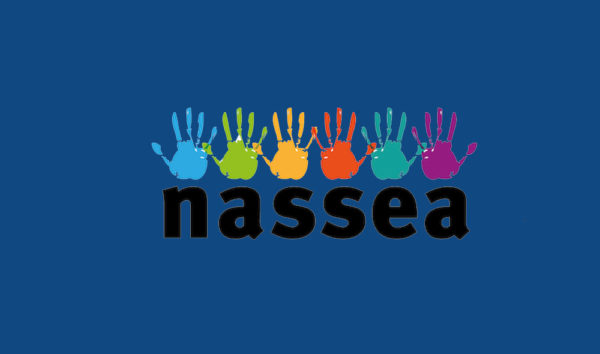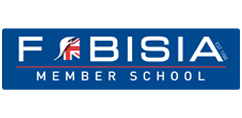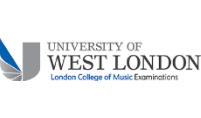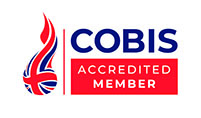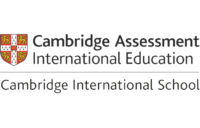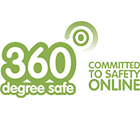“The inclusion of children who require learning support enhances the education of all children”
Taken from http://www.nextfrontierinclusion.org/
Often a significant barrier to Inclusion is our understanding of the different challenges the students with Learning Differences, or those learning English face in their daily lives. It is important to remember that they still want to play, are curious, enthusiastic and most importantly, they want access to the same opportunities other students have. At TBS we aim to remove the barriers to those opportunities by working closely with all stakeholders.
A large proportion of students at TBS are multi-lingual and are learning English as an Additional Language (EAL). Where appropriate we use a Supported Immersive Model (SIM) for students with EAL, both in the Primary as well as the Secondary sections. This model allows the students to form important relationships within the class in a supported and inclusive environment that takes into account the difficulty they face in learning English, as well as learning in English. (Please see our section on EAL for further details)
For a number of years TBS has also been including students with a wide range of Learning Differences (LD) ranging from Specific Learning Difficulties such as Dyslexia and Dyspraxia, to those on the Autism Spectrum and Cerebral Palsy. Central to our philosophy is the belief that every student should have access to high quality learning opportunities – simply put, this is Inclusion.
The pathways for identifying and supporting EAL students and those with an LD are quite different to reflect the differences in their learning needs. They are outlined in further detail in the different pages of this Learning Support site.
If you wish further information contact the Head of Learning Support.

